A kitchen island is a centrally located, freestanding countertop or cabinet in your kitchen that can be accessed from all sides and is not attached to any walls. It can match your overall kitchen design or be a complementary element that adds some flair to your kitchen.
A kitchen island typically features a work surface, storage compartments used to house cooking appliances and utensils, and can have some stools or high chairs to provide extra seating.
This article provides general details on kitchen islands so that you can learn more about them and begin to consider adding one to your kitchen space.
What is the purpose of a kitchen island?

A kitchen island is generally a great place to use as an informal dining area. It can provide more seating space during social gatherings and can create a space for socializing while doing some last-minute meal prep.
The added storage and countertop surfaces also provide more efficient use of kitchen space because the same space can serve more functions than a conventional space at the center of the kitchen would do.
What is the difference between a kitchen counter and a kitchen island?

While kitchen counters and kitchen islands can serve similar functions, the biggest difference is that a counter is adjoined to a wall on one side of a kitchen while an island stands alone near the center of a kitchen space.
Both can have a sink, a worktop surface, and storage compartments used to keep utensils, appliances, condiments, and cleaning equipment neatly.
What are the different types of kitchen islands?
Mobile kitchen island/Rolling cart island
Having a rolling cart with some storage and a countertop allows you to set up your workspace at any point in the kitchen. This makes both meal prep and cleaning more convenient as you can move the island to whatever spot feels best.
Since their emergence, mobile kitchen islands have evolved greatly to result in a wide selection of sizes, styles, and finishes to choose from.
You can find nearly every design under the sun, like granite tabletops, butcher’s block countertops, and simple designs bearing metal frames, built-in wine racks, and cabinets.
Base cabinet with countertop
If you value organizational space more than anything else, a storage cabinet island will help you utilize the kitchen space to the fullest. Having a closed cabinet just under your worktop will provide more storage for pots, pans, bakeware, and appliances that are typically bulky and challenging to organize.
Experts advise going with a DIY solution where you first obtain a base cabinet and then fit it with a stone or wooden countertop in a similar finish to bring a unique design together.
For more flare and storage, you can match this island with an upper cabinet suspended from the ceiling. This will achieve a more cohesive appearance that injects some uniqueness and personality into your kitchen.
Appliance kitchen island
Medium-sized to large kitchen islands can accommodate and incorporate small appliances into their design. You may be able to house a microwave or a glass-top stove on your kitchen island.
Remember that you will have to retrofit some islands with plumbing and electrical wiring so that you can plug in the necessary appliances and allow them to function well without impeding on the practicality and floor space within your kitchen.
Double-tiered kitchen island
If you want your kitchen island to merge both meal prep and eating functions, you can realize it using a double-tiered island. This type of island simultaneously combines and delineates these two functions so that cooking is done on the lower tier while eating is done on the higher tier.
A double-tiered island is relatively expensive to install since it has more than one countertop and may require additional installation like plumbing and electrical wiring to support cooking and meal prep.
This type of kitchen island works best in the large family kitchen and for people who intend to do a lot of in-kitchen dining with guests. It is a highly functional choice of kitchen island for open-floor kitchens and adds value to your home as a real estate asset.
How do you choose a kitchen island?

From the above examples, kitchen islands are available in many different styles that range from small, mobile fixtures to enormous fixed units that accommodate kitchen sinks, appliances, and eating spaces.
The right kitchen island choice depends on your budget, the available kitchen space, and whether or not you intend functional installations like electrical and plumbing service on the island. While an initial investment in a fully functional island may appear prohibitive, its positive impact on the value of your home will make it worthwhile in the long run.
When considering which kitchen island to choose from, carefully look at the available space in your kitchen. This is because you will need more square footage than the actual size of the island.
You will need enough space around the island to move around the kitchen to access other appliances, storage spaces, countertops, windows, pantries, and entryways into other parts of the home.
You will also need enough space for you and other people to work on the kitchen island without impeding other people’s movement. Therefore, a kitchen island should ideally be at the center of the kitchen and leave plenty of room on all sides to maintain a natural flow of movement around the kitchen.
Why Do People Love Kitchen Islands?

Kitchen islands add visual flare to a room and are worth investing in if you, your family, and your guests spend a lot of time in the kitchen preparing food, socializing, and dining.
These units can also form a focal point of a well-designed kitchen, creating a cohesive and appealing design.
Kitchen islands provide a versatile space that is less formal and offers a lot of storage space. They help store more kitchen items away from sight, creating a less cluttered feel and look for your kitchen.
Conclusion:
Kitchen islands are focal and functional parts of a kitchen that add value to the appearance and usefulness of a kitchen space. They are available in many different styles that can provide more space for meal preparation, dining, entertaining, and storing kitchen equipment.
When choosing a kitchen island, consider the available space and your budget since they can get out of hand with less-than-ideal planning. Consult home experts to find out more information on kitchen islands when deciding on what to install in your kitchen.
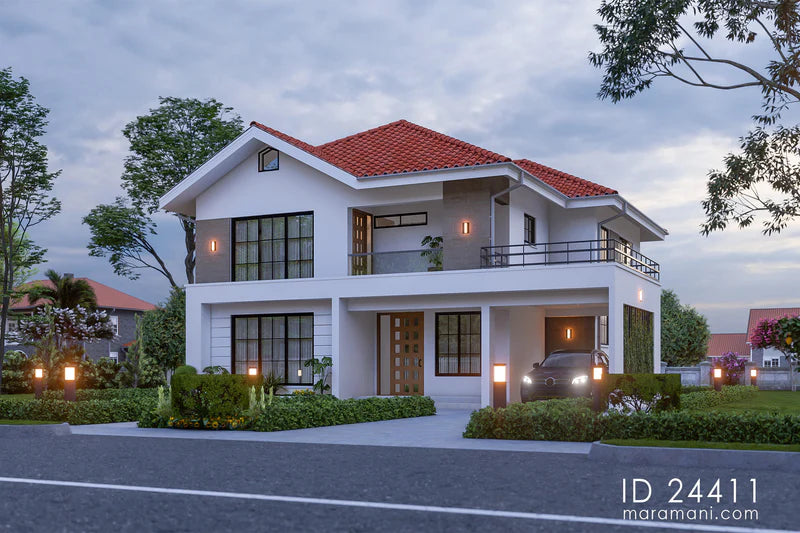
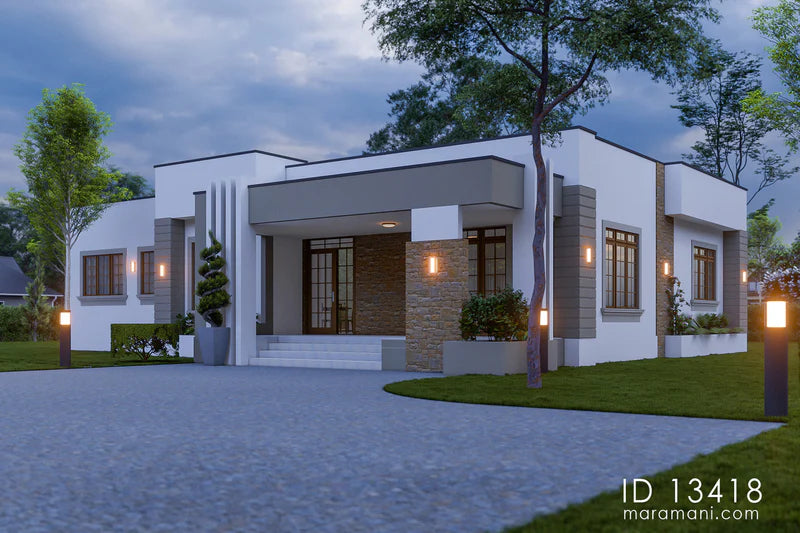

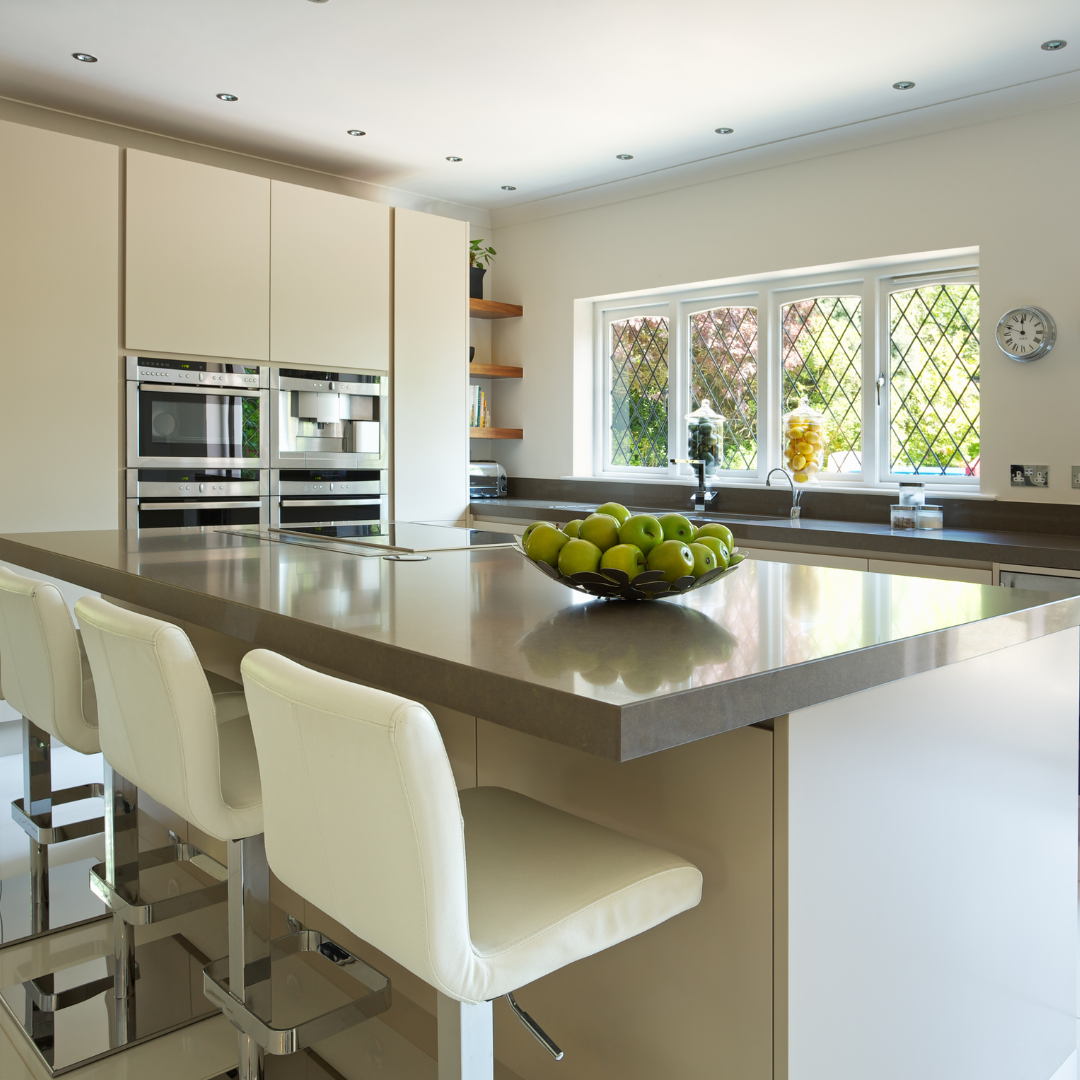

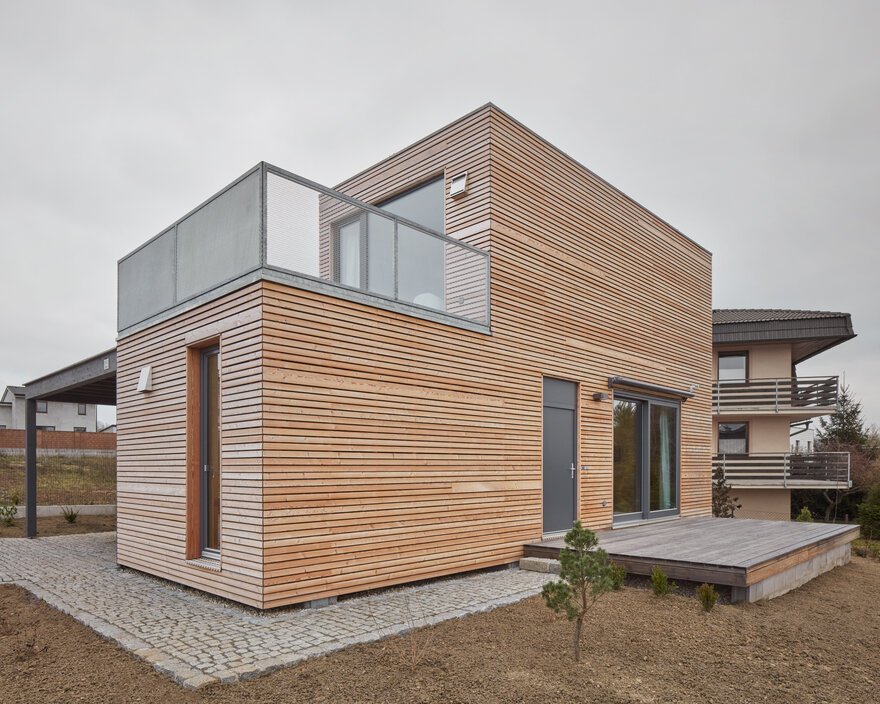
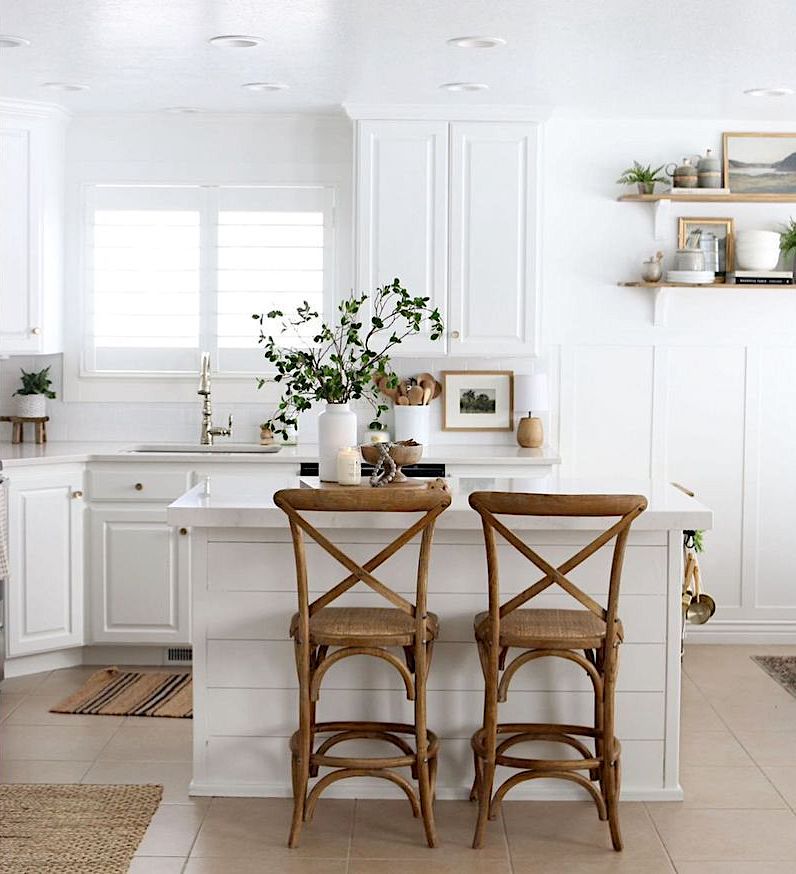
Leave a comment
This site is protected by hCaptcha and the hCaptcha Privacy Policy and Terms of Service apply.